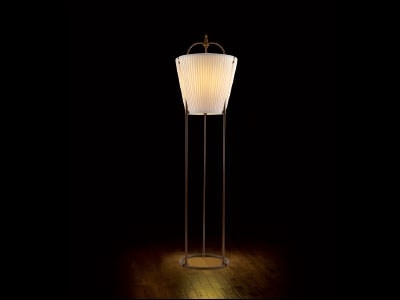Accent or ambient light? What are the differences and how to use these illuminations
The lighting of a location depends very much on the function it has to fulfil. However, this is not the only factor to be considered; in fact, there are some tricks or precise furnishing choices that are made to meet certain requirements of those who design or live in rooms.
This is why there are different types of lighting, and each of these was created to support specific activities: studying, working, relaxing, sleeping, ecc.
The most common solutions are accent lighting and ambient lighting, also known as general lighting.
WHAT ACCENT LIGHTING IS AND IT'S USED FOR
Accent lighting is a type of lighting that is used to enhance, with light, specific areas or spaces that should catch people's eye. It is no coincidence that the word lighting is paired with the word accent.
Those who choose to use this lighting expedient have decided to give great prominence to the aesthetic aspect. Following this logic, it is possible to illuminate any piece of furniture that is considered interesting: vases, armchairs, paintings, plants, ecc.
However, it is not always an object that is highlighted, sometimes it can be used with a particular context or to suggest an action to be performed in the lit space.

HOW TO USE ACCENT LIGHTING IN INTERIOR SPACES
In order to perform its task best, accent lighting has, as a rule, three times the intensity of ambient light.
This specificity is sought precisely in order to maximize the appearance of what is illuminated: pictures, design elements, specific pieces of furniture or other details to draw the eye to.
To generate this type of lighting, it is recommended to rely on wall lights or adjustable spotlights such as the Tango. These are ideal for creating effective direct lighting, especially with LED lamps.
In the case of a painting, in addition to deciding on the lighting instrument, it is also important to understand the correct distance between the light and the painting to avoid shadows or reflections. As a rule, a light incidence angle of no more than 45° is recommended.

THE IMPORTANCE OF AMBIENT LIGHTING
Ambient lighting is designed to provide diffuse brightness, with the aim of creating an even, gentle and adjustable light according to location or time of day. A floor lamp might be particularly suitable for this type of situation. The glow produced by this tool does not disturb the view, on the contrary, it guides it by highlighting the boundaries and lines of a space. For this reason, in staircases, corridors and porches, ambient lighting plays a very important role.
There are different types of fixtures to create excellent ambient lighting:- ceiling recessed lights lighting downwards
- floor lamps facing walls
- table lamps for a diffused light in a small space
With this information in mind, it is clear that general lighting is not ideal for a work or study space or for enhancing specific elements in the room. Ambient light is more about accompanying the view, building and marking an overview, creating unity between the lighting equipment and the room.
Do you want to light your interior spaces correctly to emphasize certain furnishing details? Or would you like to know the most appropriate lighting techniques for ambient lighting of large rooms and living areas?
Contact our in-house technical department or download our new catalogue to discover all our proposals!








